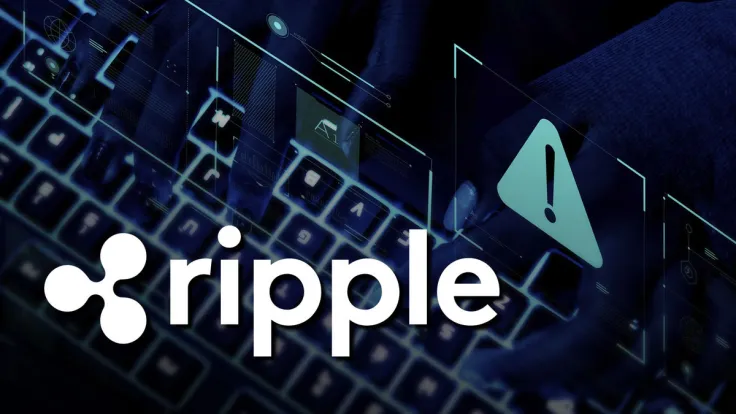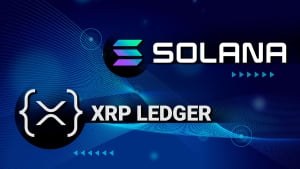
Disclaimer: The opinions expressed by our writers are their own and do not represent the views of U.Today. The financial and market information provided on U.Today is intended for informational purposes only. U.Today is not liable for any financial losses incurred while trading cryptocurrencies. Conduct your own research by contacting financial experts before making any investment decisions. We believe that all content is accurate as of the date of publication, but certain offers mentioned may no longer be available.
Developers within the Ripple Labs and XRP Ledger (XRPL) ecosystem are amplifying conversations regarding the creation of a Canary Network for the layer-1 blockchain.
Canary Network: Key reasons
The call was first sparked by Wietse Wind, the cofounder of Xumm Wallet who believes having a testing ground before all major upgrades and products go live on the XRP Ledger mainnet is necessary.
The launch of the Automated Market Maker (AMM) feature on XRP Ledger was a celebrated event. However, this celebration was short-lived as the feature experienced a bug that forced it to a halt. In Wietse Wind’s argument, if there had been a proper testing ground, such a technical glitch could have been avoided.
In his proposal for a Canary Network, WietseWind noted that the protocol will have to have its assets, like a native token and stablecoins. He also pointed out designing a protocol that will mimic the XRP Ledger mainnet in all features so that testing can give the same real-life scenario as the main ledger.
The Xumm founder pointed out that the Canary Network needs to have a massive decentralization element, one that will accommodate traders, developers and all key stakeholders within the ecosystem.
Fitting with other L1 networks
The call for an XRP Ledger Canary Network is not unfounded as it will position it in line with other blockchain networks like Flare and Songbird. Ethereum, for instance, has many testnets ranging from Goerli to Holesky and Sepolia, among others.
Before any major Ethereum upgrade goes live on the mainnet, it is first deployed on these testnets where the necessary adjustments are done. The recently launched Dencun Upgrade passed through many of these testnets, and it came with no hiccup as the XRP Ledger AMM suffered afterward.
Per Wietse Wind's proposition, conversations are likely to progress in this regard in the coming days in line with the development of the Canary Network.


 Dan Burgin
Dan Burgin Vladislav Sopov
Vladislav Sopov U.Today Editorial Team
U.Today Editorial Team